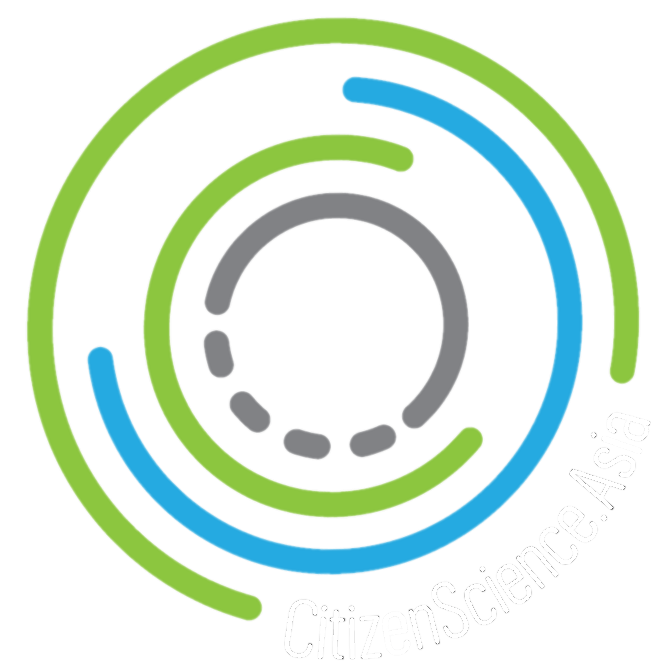
On the 24th of March 2019, a Citizen Science(CS) event “Mizu, Mapping, Micro: Citizen Science in Japan Today” was held in Shibuya in Tokyo. This event was co-organized by Safecast; a CS project which was started after the Fukushima disaster and is building up a worldwide network of citizens measuring radioactivity, and CitizenScience.Asia.
Prof. Ken Buesseler, a marine radiochemist who leads the Center for Marine and Environmental Radioactivity at the WHOI (Woods Hole Oceanographic Institution) was invited as a guest speaker. He lectured about his CS project “Our Radioactive Ocean”, through which citizens are crowdsourcing ocean water samples to monitor the post-Fukushima radiation impact on the Pacific coast of North America.
After a brief introduction about CS in Japan and Asia today, we had four lightning presentations of CS projects in Japan.
The first presenter was Mr. Kimikazu Sayama, who introduced the “身近な水環境の全国一斉調査 (Mijikana mizukankyou no zennkoku issei chousa)” a nationwide water quality monitoring project. The project started in 2004, and has been continued since then on an annual basis. Citizen volunteers all over Japan are asked to measure the water quality of lakes and rivers in their neighborhood or at a place of their interest on the same day (the nearest Sunday to the world environment day). Every year there are approximately 6,000 to 8,000 participants and 5,000 to 6,000 data spots.


Ms. Nahoko Nakamura followed with the “Minna no Data Site” (“Everyone’s Data Site”) project, which has been crowdsourcing radiation measurements of food and soil after the Fukushima disaster. Eight years after the disaster, Fukushima is no longer in the headlines, and all the measurement labs have difficulty to keep their activities running. However, the report book which was published as a result of the measurements was an unexpected success, which shows, that the interest of the general public has not really waned. Radioactivity has a long term effect, which is the reason why it is important to maintain the public’s interest and continue the measuring activities.


Third on the list was Prof. Taichi Furuhashi from Aoyama Gakuin University, who is a major contributor of the “OpenStreetMap Japan”. OpenStreetMap (OSM) is a project where anyone can participate in making an online map, which is free and open for anyone to use. Prof. Furuhashi explained that this map has been extremely valuable in disaster situations like flooding or earthquakes. While the official maps from the government take a long time in recapturing the new infrastructures built after conventional roads have been destroyed by disasters, new maps along with essential information such as the availability of emergency toilets and food have been created by citizens within a few days on the OSM.
The last presenter was Mr. Kuniaki Nagayama from the “Life is Small” company. He introduced a mobile microscope which can be attached to the camera of a smartphone or a tablet. With this microscope it is possible to take a picture or film directly with one’s smartphone. Possibilities to integrate this device into CS projects and the educational sector were discussed.


After the presentations we invited everyone (presenters and participants) to join a free discussion. There were some specific questions addressing particular projects, but the main theme of the discussion was why Japan is lagging behind in the worldwide trend of CS. One reason a lot of people agreed on was that it is very difficult to win the public’s understanding of the importance of making the collected data open. Copyright is of course a major issue, but a lot of citizens are also afraid of their data being misused. For example, an accurate location of an endangered animal species could lead to poachers targeting these areas. It was agreed that it is important to gain a correct understanding of the necessity of open data.
Finally, there was some hands-on time, where the participants could try the actual devices and kits used in each project. This event was the first step for project communities to get to know each other and their activities, providing a portal for further networking. We are planning to keep this up, and enhancing the possibility of further networking. So please feel free to join us at our next event!
![]()
Citizen Science Meetup in Tokyo was originally published in The CitizenScience.Asia Journal on Medium, where people are continuing the conversation by highlighting and responding to this story.




